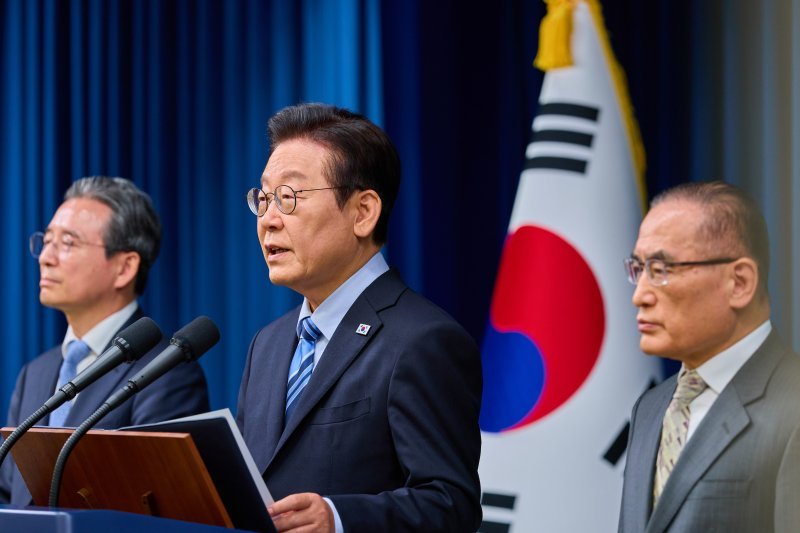[fn Editorial] US-ROK Trade and Security 'Win-Win Agreement' Leaves Many Challenges Ahead
- Input
- 2025-11-16 18:26:37
- Updated
- 2025-11-16 18:26:37

With the signing of the MOU, trade negotiations between the two countries have finally concluded after some delay. However, this is only the beginning. The most crucial issues are securing the $350 billion investment in the United States and ensuring returns. The opposition party has criticized the agreement as a 'blank sheet', claiming each citizen will bear a burden of 10 million won. Nevertheless, the negotiations should be evaluated based on whether the best possible outcome was achieved under current circumstances.
The $350 billion investment consists of $200 billion in cash to be invested over ten years at a rate of $20 billion per year, and $150 billion in shipbuilding cooperation. This amount is equivalent to about 20% of South Korea’s nominal Gross Domestic Product (GDP). Since the profits from the $150 billion investment will return to Korea, there is little concern over that portion. The main issue lies with the $200 billion component.
The government has stated it will utilize returns from foreign currency assets or issue foreign currency bonds to minimize the impact on the foreign exchange market. However, despite other contributing factors, the foreign exchange market is already showing signs of instability, raising considerable concern.
The funds invested by Korea will be used at the discretion of the United States. The government has explained that the money will be allocated to sectors that benefit both countries’ economies and national security, such as shipbuilding, Energy, semiconductors, pharmaceuticals, critical minerals, and Artificial Intelligence (AI).
However, it is reported that the United States intends to direct investments toward underperforming sectors such as nuclear power plant (NPP) projects and the Alaska LNG Project. While the US holds the initiative, the Korean government must make diplomatic efforts to verify investment destinations and ensure Korean companies participate in related projects.
With the establishment of the fact sheet, auto tariffs have been reduced to 15%, but many unresolved issues remain, including those related to steel and semiconductors. In particular, the 50% tariff on steel will pose a significant barrier to Korean steel exports to the US. Given the steel industry is already on the brink of collapse due to economic recession and Chinese dumping, the K-Steel Act must be passed swiftly to support the sector.
In the security domain, South Korea has secured approval for building nuclear-powered submarines and for civilian uranium enrichment and nuclear reprocessing. South Korea will increase its defense budget to 3.5% of GDP, spend $25 billion (about 36 trillion won) on US military equipment by 2030, and provide comprehensive support worth $33 billion (about 47 trillion won) to United States Forces Korea (USFK). The United States has pledged to provide extended deterrence using all its capabilities, including nuclear forces.
The 'give and take' in security is seen as part of bilateral cooperation to counter North Korea's nuclear weapons. The United States will maintain USFK and jointly respond to North Korea's nuclear weapons, while South Korea has secured gains for strengthening its own defense capabilities, which can be viewed positively.
However, the failure to specify the location and timing for building the nuclear-powered submarine, which will require massive funding, remains an issue. South Korea must prioritize its national interests and leverage future negotiations to ensure construction takes place domestically.
The issue of USFK also lacks a condition for maintaining the current troop level. This indicates that many matters still need to be decided through further negotiations. The confirmation of the fact sheet is not the end, but rather the beginning.